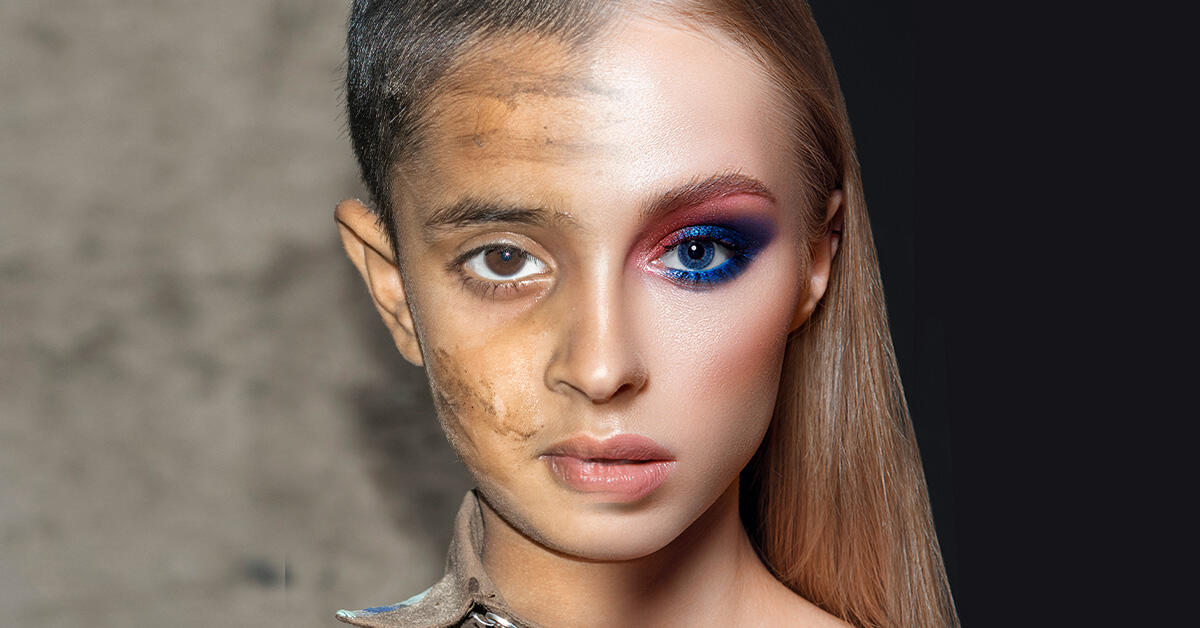The global cosmetics market made up of skincare, haircare, make-up, fragrances and toiletries — is growing rapidly, with a projected growth of USD $115.6 billion between 2022-2027. The growing use of the term ‘cruelty free’ is used to confirm that a product was not tested on animals.
However, this term does not necessarily mean that a brand’s supply chain is free from human rights abuses such as child labour.
Millions of children are losing out on a safe and healthy childhood to work in dangerous or exploitive conditions, farming and mining essential ingredients for common cosmetics.
Worldwide, nearly 1 in 10 children, or 160 million children aged five to 17, are in child labour.






